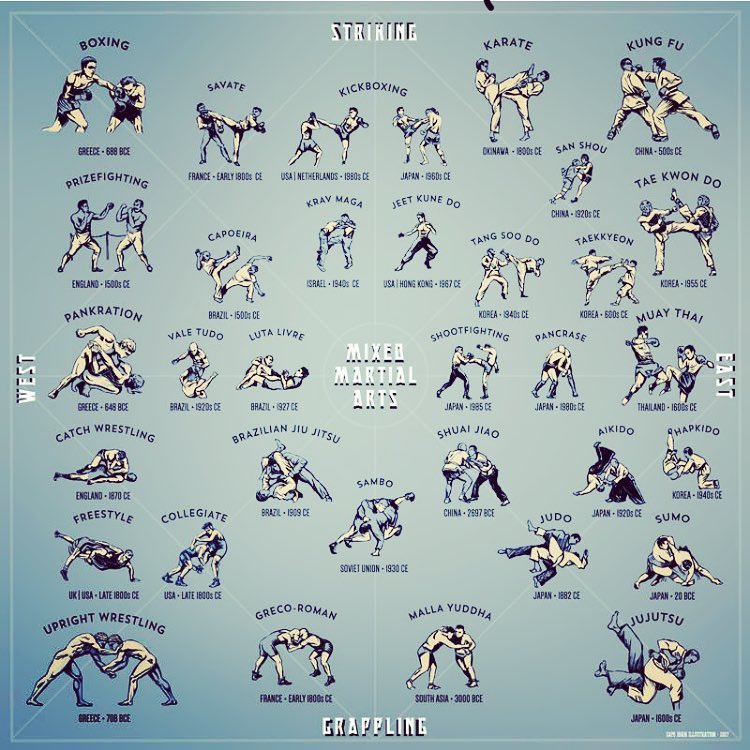Standard Martial Arts And Modern Combat Sports: An Extensive Introduction Of Their Distinctive Distinctions
Standard Martial Arts And Modern Combat Sports: An Extensive Introduction Of Their Distinctive Distinctions
Blog Article
Uploaded By-Keith Haagensen
When you think of martial arts, do you lean extra towards the typical techniques or the contemporary fight sports? Each course supplies distinct benefits and experiences, shaped by their ideologies and training techniques. Standard martial arts stress personal development and discipline, while contemporary fight sports focus on competitors and efficiency. Understanding these distinctions can direct you in picking the best strategy for your journey. But just how do these differences manifest in training and approach?
The Approach and Background Behind Conventional Martial arts
While many people connect martial arts with physical fight, the approach and history behind conventional martial arts run much deeper. You'll locate that these techniques stress individual growth, discipline, and respect.
Originating from old practices, typical martial arts were usually developed for Self-Defense and spiritual growth. They symbolize concepts such as balance, harmony, and self-discipline, directing specialists beyond plain combating skills.
As you train, you'll not just learn techniques however likewise acquire understandings into the culture and values that formed these arts. The routines and practices, frequently passed down through generations, cultivate a sense of community and belonging.
The Competitive Nature of Modern Fight Sports
Modern combat sports have changed the landscape of martial arts right into an extremely affordable arena, where professional athletes face off in an examination of skill, technique, and endurance.
You'll notice that competitors are typically organized with stringent regulations and guidelines, guaranteeing fair game and safety. These events bring in huge target markets, fueling the exhilaration and strength of competitions.
Athletes train carefully, not just for physical expertise however likewise for mental sturdiness, understanding that every information counts in the ring. The adrenaline rush during competitions is apparent, as fighters push their limitations to claim victory.
please click the next web page appreciate the athleticism and creativity included, making modern-day combat sporting activities a thrilling spectacle that remains to develop and captivate enthusiasts all over the world.
Training Techniques and Techniques: A Comparative Analysis
The affordable environment of modern battle sporting activities demands innovative training techniques that differ significantly from conventional martial arts.
In modern-day training, you'll focus on specific methods, sparring, and conditioning, usually making use of drills that replicate actual fight situations. You'll see an emphasis on quantifiable performance and frequent competition to evaluate your abilities.
On the other hand, standard martial arts prioritize types, katas, and philosophical trainings, often emphasizing self-control and respect over competition.
Training is usually less extreme and may involve repeated technique rather than real-time sparring.
While both methods develop skill and fitness, modern combat sports offer an extra vibrant and versatile training environment, preparing you for prompt difficulties in the ring or cage.
you can look here that straightens with your objectives and interests.
Final thought
In picking in between traditional martial arts and modern combat sports, it actually boils down to what you value many. If you're searching for individual development, technique, and a feeling of neighborhood, typical arts may be your best fit. But if you grow on competitors and real-time obstacles, contemporary fight sports could be the method to go. Eventually, both courses provide special advantages, so it's all about straightening your training with your personal objectives and passions.
